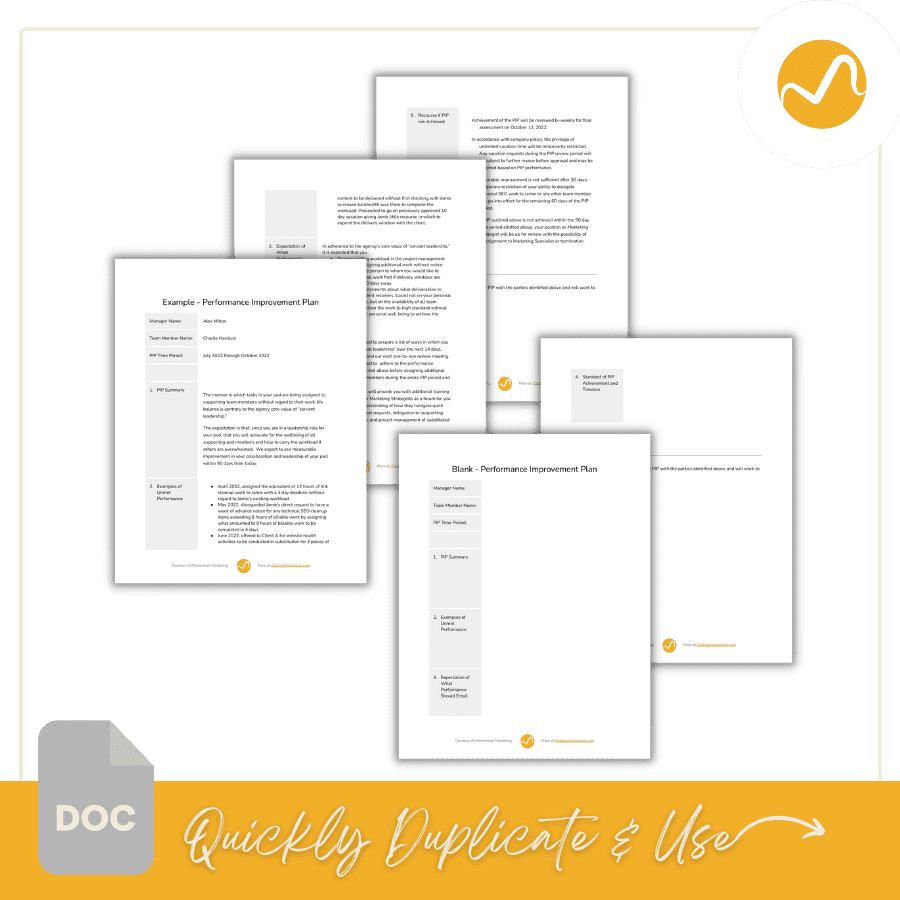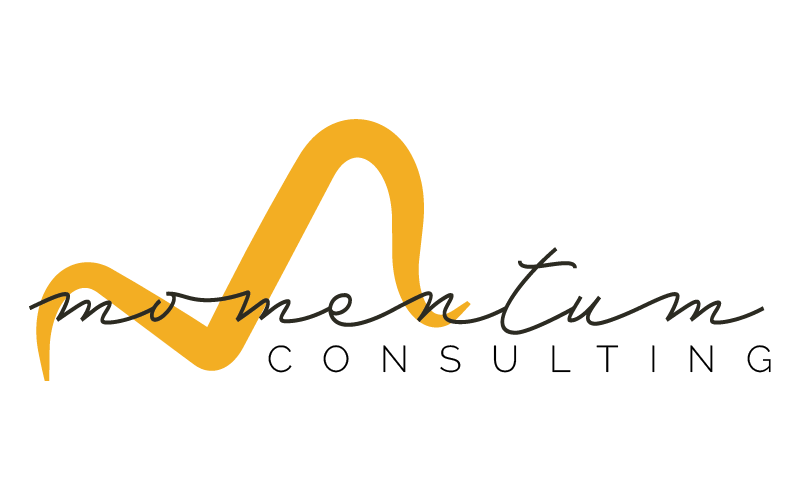Written By Danielle Fauteaux
Provide better results to clients while spending less agency resources on the task at hand. Earn more than you spend. This is your mission if you aim to be a resilient agency. Time tracking is a foundational component to achieving this.
Why Marketing Agencies Should Track Time
What is the best way to be keeping track of employees’ time? Especially for agencies that use fixed or value based pricing, rather than cost based pricing, isn’t time tracking a mute point?
Not in my book.
Because the service mix of marketing agencies varies widely and must adapt quickly as technologies and tactics change, it is often difficult to ensure that your prices match customer expectations while delivering value and allowing your agency to do more with less.
Further, even when you are not using cost-based pricing, you still need to ensure that your prices are higher than the cost threshold for delivering the service. Ever hear of companies that went bankrupt even though they had the highest unit sales in the market? That’s because they priced lower than their costs. I want you to avoid that trap!
As an agency, you should be encouraging efficiency from your team members while preventing mistakes. You should be encouraging the reduction of scope creep and a focus on driving more results for clients from existing deliverables.
It’s more than just ensuring your agency is profitable. Time tracking efforts will support your ability to be a resilient agency. You will be able to monitor your service mixes, hire and train new employees more effectively, monitor growth opportunities among existing employees, standardize client delivery to decrease friction from employee turnover, craft a solid sales offer, and more.
So, if you want to achieve any or all of those things, start with the basics. Here’s how to implement time tracking at your marketing agency.
How Do You Introduce Time Tracking to Employees?
First, understand that you will go through a couple iterations of time tracking categories before landing on something that will work long term.
It’s kind of like when you craft a budget. You do your best to account for each possible line item, but inevitably, it takes 60-90 days to really capture all of the categories necessary.
I recommend that you and your team start the time tracking exercise as soon as possible, even if it’s not perfect. Use the same time tracking platform, but give the different divisions / roles on your team flexibility to define what kinds of activities they need to track and how. They know their job and day-to-day responsibilities better than you do.
You will likely need to send daily reminders to the team to track their time for the first couple of weeks. You may find that you need to send multiple reminders per day. Automatic notifications from a tool like Slack may be helpful, but personalized outreach directly to team members that are struggling to adopt time tracking is more effective.
Gather team wide feedback at the 15 day mark, the 30 day mark, the 60 day mark, and the 90 day mark and make tweaks as necessary. Bigger tweaks are likely during the first 30 days with smaller tweaks during days 30-90 to really calibrate your time tracking system across the agency.
Run a Beta
Depending on the size of your agency, the level of buy-in from your team, and the amount of time you have to spend on testing and refining your time tracking efforts, selecting one or two groups in your agency to establish and Beta a time tracking system may be your first step.
This beta effort can serve to work out more of the kinks with fewer “cooks in the kitchen” and provide clarity when rolling out the program across the entire team.
Even if you are doing a beta with just a portion of your agency first, be sure to inform your entire team. Resistant employees need longer to come to terms with changes in the expectations placed on them and surprising them with the news and expectation one day is prone to decreasing employee satisfaction.
Make Time Tracking as Easy as Possible for Various Tech Adoption Styles
Some of your team members will want to have their time tracking synced directly to the project management tool. Others won’t mind, or may prefer, to load the time tracking application separately in their browser. Still others will scoff at browser users and opt for the desktop app. And of course, don’t forget to choose a time tracking software that is accessible on their mobile devices too….
Fortunately, major time tracking options like Toggl, Harvest, and Tsheets have those capabilities.
Measure Time Tracking Adoption
What gets measured gets managed. This means that as you measure where time is being spend in your organization, you have to manage it. Analyze the data, draw conclusions, and ask more questions to uncover more ways to measure your agency’s time resource.
You can leverage bi-weekly employee one-to-ones as a forum for employees to address concerns with time tracking, client expectation management, scope creep issues, and client results. These one-to-one meetings should feel routine and helpful to your team members, and not like they are an official performance review each time.

Access a PIP Sample and PIP Template
Simply submit the form below to access a Google Doc with a complete Performance Improvement Plan Sample and a PIP Template that you can quickly duplicate and use today.
Overcoming Time Tracking Resistance
There will be resistance from some on your team to implement time tracking. Usually this resistance manifests due to fear. The more that people perceive they are being monitored and scrutinized, the more insecure they can begin to feel.
You want to reassure team members that the time tracking efforts are not intended for micro-management or assertion of power over how much time they log each day.
Even after positioning the time tracking effort in this way, you may hear team members fret over time tracking and give the following objections:
- “I have too much to do. I don’t have time to do one more thing!”
- “It will take me longer to do anything.”
- “I’m going to forget anyways, so it’s not worth starting in the first place.”
- “I spend more time on client activities because I want to ensure the clients stay around.”
When team members are afraid of the initiative, take the time to understand their position and do your best to communicate how time tracking will benefit them. Just be real with your team members. For example,
- “I know it will take some getting used to. Ultimately, 6 months from now, we’d like to use this data to ensure revenues are aligned with the amount of work you are doing so that we can afford to pay you what you are worth.”
- “By spending a bit more mental energy to accurately track where your time is going, we can address any clients that are taking up too much of your time and free you up to think about other passions you have here at the agency.”
- “We appreciate how hard you work to delight every client that you manage. We want them to respect the time you invest in their business and we want to respect your efforts by enhancing our employee wellness programs. Ensuring revenue alignment is how we can afford to have regular team lunches, match contributions your 401K, and sponsor your work from home allowance. You can help us continue these initiatives and add new benefits simply by tracking your time.”
Note: If you don’t intend to leverage any gains from revenue alignment efforts to pay your team members more, don’t allude to that effort. Only speak to efforts you are actually intending to use the time tracking efforts to improve.
What to Use Time Tracking Data for
⭐ Leverage Time Tracking Data to Inform Service Mix Pricing
The data will take a while to become rich enough for use to standardize job costing for your sales team, but you can aim to have iteration 1 of job costing standards by the 4 months mark of serious tracking. Then, re-evaluate at the 8 months mark. And then the 1 year mark. From there, you can review these metrics less frequently.
With the data in hand, gather the stakeholders in your agency who determine pricing and assess the cost of doing business compared to the market’s price sensitivity for that service. You may determine that there is room to increase prices on some services without jeopardizing sales. You may determine that some services need to be removed from your service mix because they are unprofitable and the market is not willing to pay more for those services.
✅ Leverage Time Tracking Data to Inform Revenue Alignment Among Existing Accounts
You want your team members to be self-aware of how much time they are spending on certain tasks for clients and how much of their time is going to specific clients versus internal agency tasks overall.
One agency I worked with to implement time tracking systems for revenue alignment discovered that, on average, client communication and meetings took 12 hours per month. With several of their clients paying only $1,500 per month for a marketing retainer, this communication time ate up the margin on these accounts without considering any of the time associated with the marketing deliverables and the cost of goods sold.
Another client was uncovered to be entirely unprofitable for the agency. In effect, the agency was paying the client to be a client because total employee costs for managing the account exceeded the monthly rate the client was paying. To resolve this, the client was referred to a different agency and a new, profitable, client was added for management by those team members.
💯 Leverage Time Tracking Data to Monitor Role Effectiveness
When team members can keep a pulse on where their time is being spent, they can start to self-regulate how they are spending their time to ensure they are meeting the core role objectives of their position at your agency.
For example, if an account manager is spending 20% of their time managing client social media campaigns when they should be delegating those tasks to specialists on your team, a conversation should be had. It’s important to refocus their time and efforts on client communication, client education, client delight, and identifying upsell and cross-sell opportunities.
You may uncover that they may need support learning how to delegate; they may feel uncomfortable with certain aspects of their account manager role and need support as they grow into those aspects of the role.
As a leader, it’s your job to enable their success in their role, and to do that, you need to keep a pulse on if what they are spending their days doing aligns with their role.
What NOT to Use Time Tracking For
🙅♂️ Time Tracking Should Not Be Used to Micro-Manage Your Employees 🙅♀️
Time tracking efforts should be like the stabilizing wings on a rocket—they should help course correct team members when they are letting clients get off track or when they are accommodating task requests that fall outside the scope of the client agreement or their role description.
Similarly, time tracking should not be used to ensure team members are glued to their desks for precisely 40 hours per week. This misaligns the interests of the agency and the team member and can lead to inaccurate data that your leadership is trying to make decisions off of.
🙅♀️ Time Tracking Should Not Be Used to Bill Clients for Services 🙅♂️
As a general rule, I am not a proponent of hourly billing pricing structures for marketing agencies. I hold this stance for a myriad of reasons, the root of which being that client and agency interests are not aligned when hourly pricing is deployed, which leads to more issues.
Thus, your time tracking system should be for internal use and process optimizations only, not for determining how much your clients are going to pay you work already completed.
Building a successful marketing agency takes grit, a focus on your value, and sometimes a *loving* kick in the pants.
Needing an ally as you achieve your long-term goals?
I’d be happy to help.

